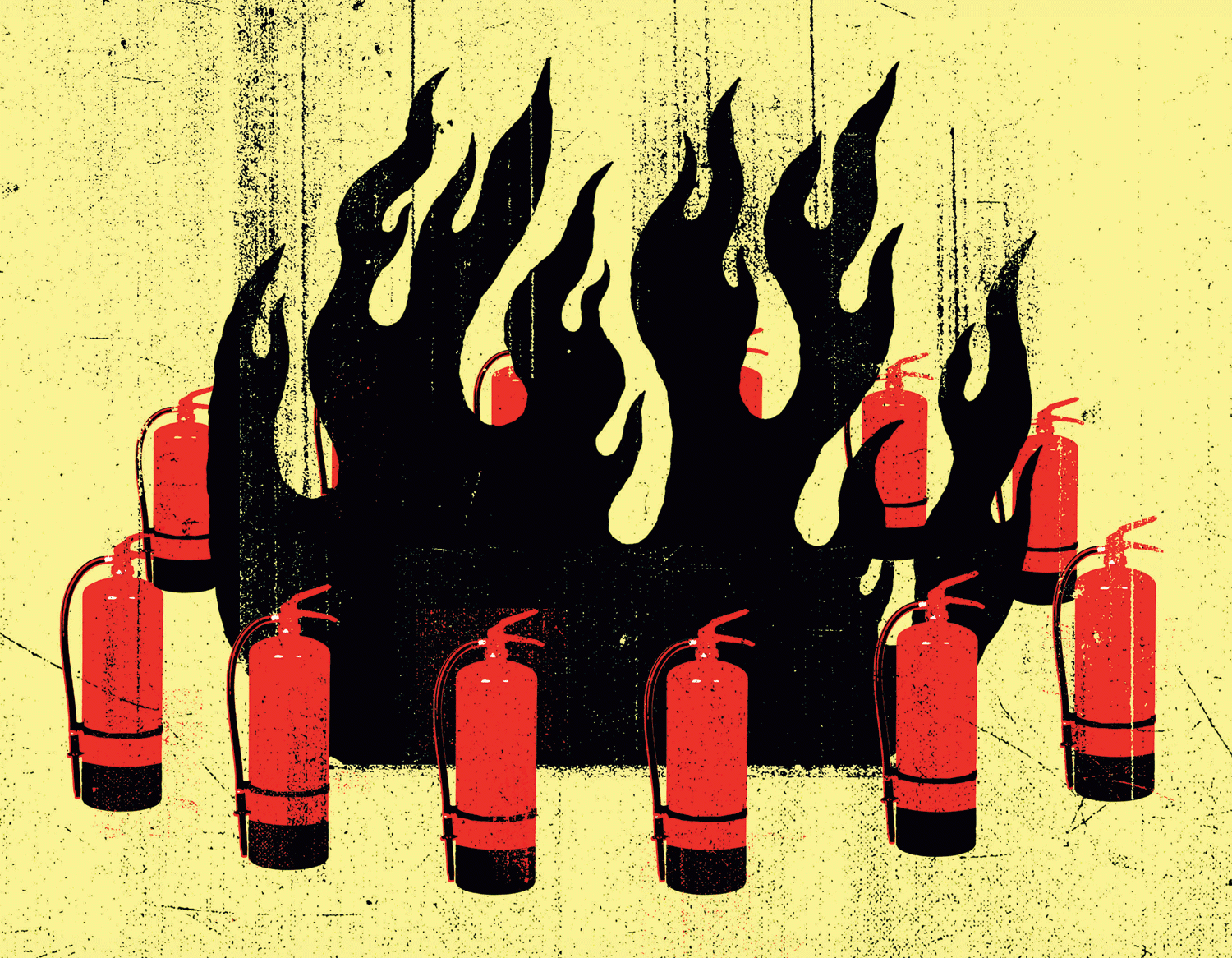
Wildfire's Human Touch

Wildfires can happen naturally — but in the U.S., humans start most of them
Jennifer Balch thinks a lot about a millennia-old question: How can humans coexist with fire’s devastating power?
The U.S. has experienced some of its largest wildfires in recent years, and her research shows that humans bear much of the blame.
In a 2017 study, the CU Boulder geographer found that humans ignited 84 percent of American wildfires from 1992 to 2012, making fire season a year-round phenomenon and increasing annual firefighting costs to $2 billion.
The comprehensive study underscored the extent that humans can — and do —affect the landscape with fire.
“Fire is an integral part of human existence,” said Balch, who directs the campus’ Earth Lab. “But we are also vulnerable to it.”
Americans raised on Smokey the Bear’s warnings might assume all wildfires should be eliminated. But Balch said some burns can be helpful.
“There’s a misconception that fire is unnatural in the ecosystem, but it’s more complex than that,” she said.
Balch began researching wildfire in southern Venezuela in 2002. There the indigenous Pemón tribe deliberately burns overgrowth to keep it from fueling large wildfires. The U.S. may need to intensify its use of proactive, managed burns to curb wildfire destruction, she said.
Balch next plans to use satellite technology and terrestrial mapping to identify areas where humans and wildfires are likely to overlap.
Illustration by Richard Mia Collection

